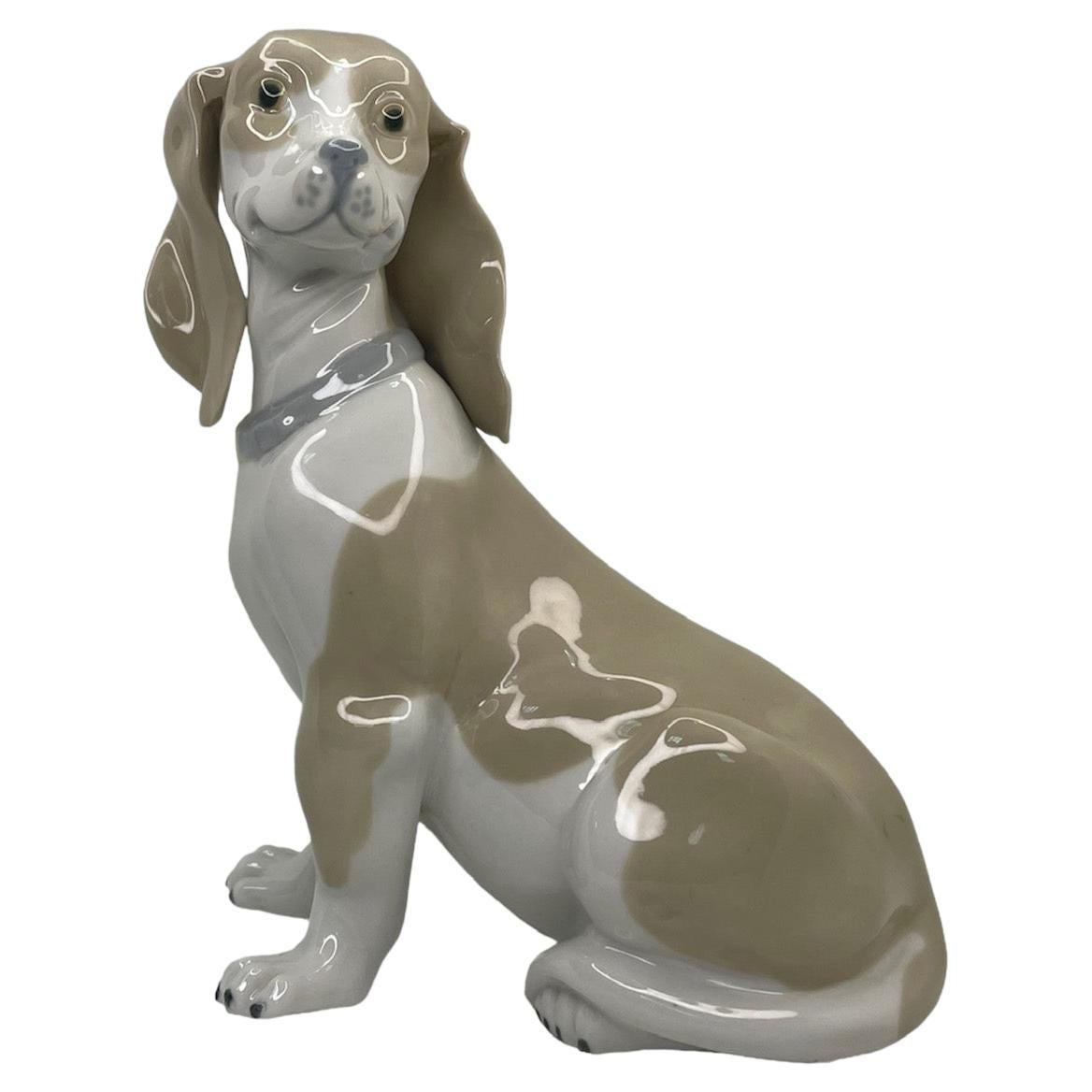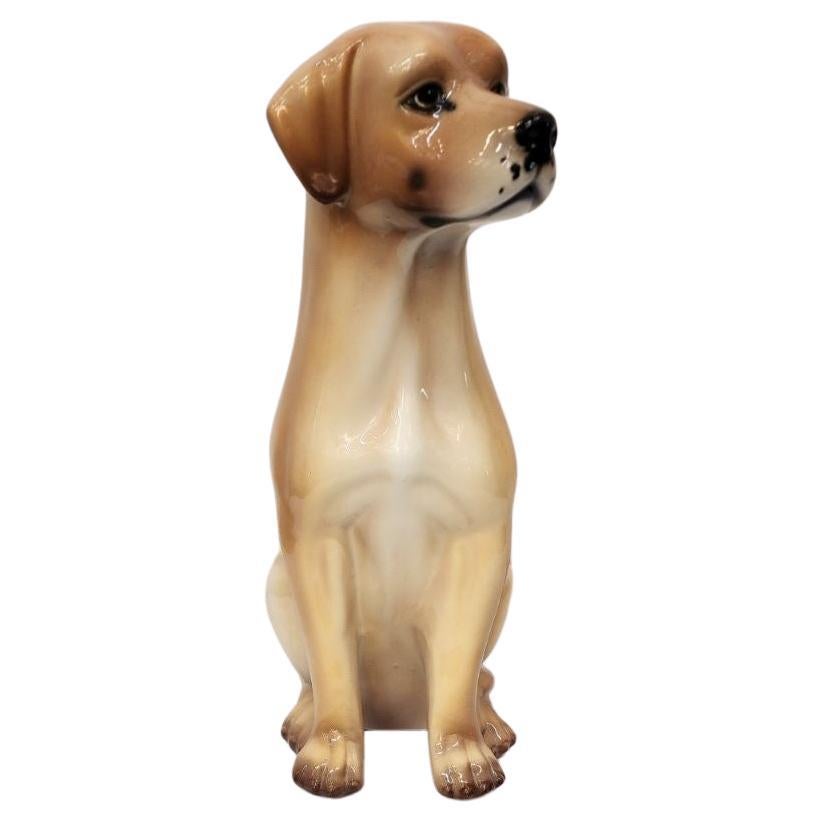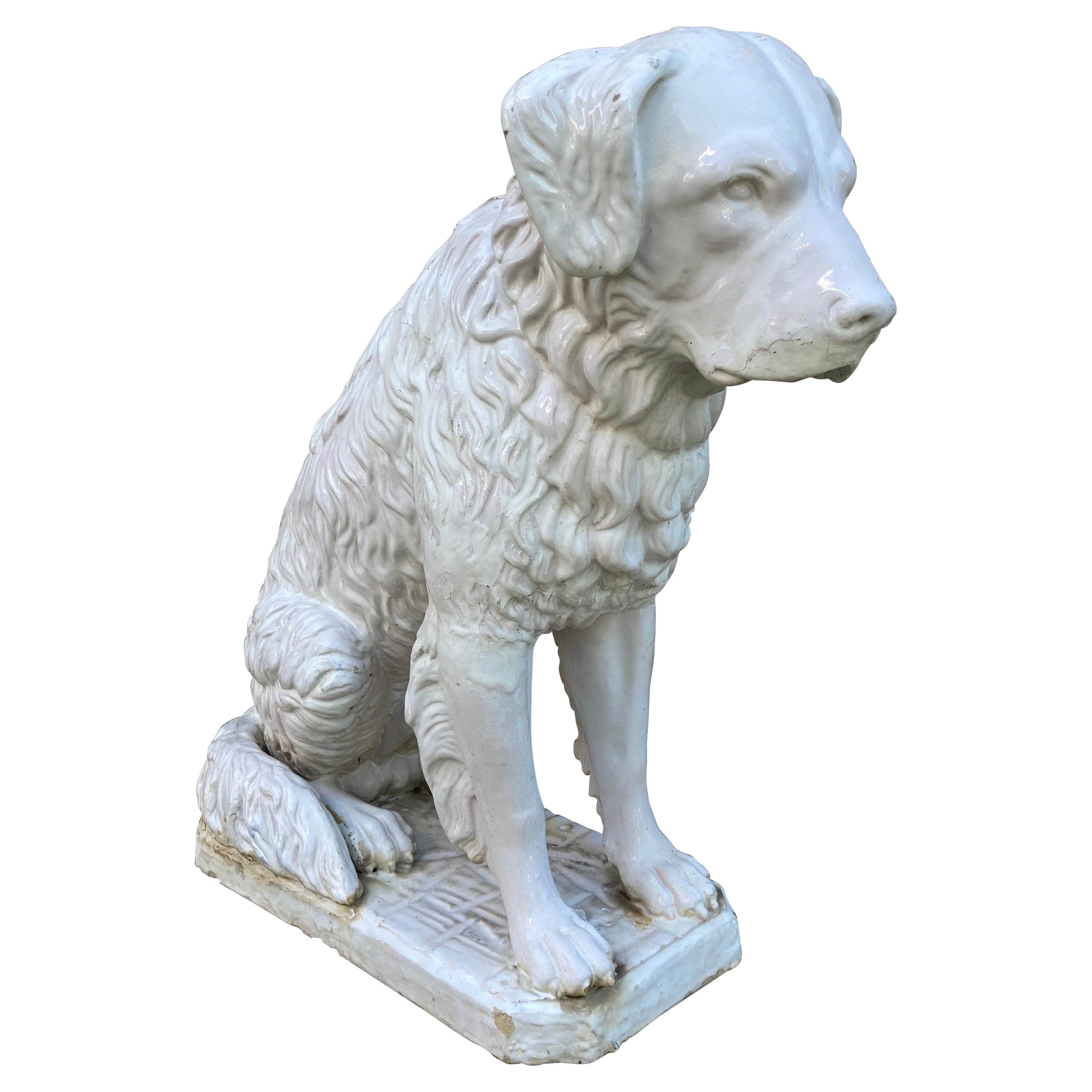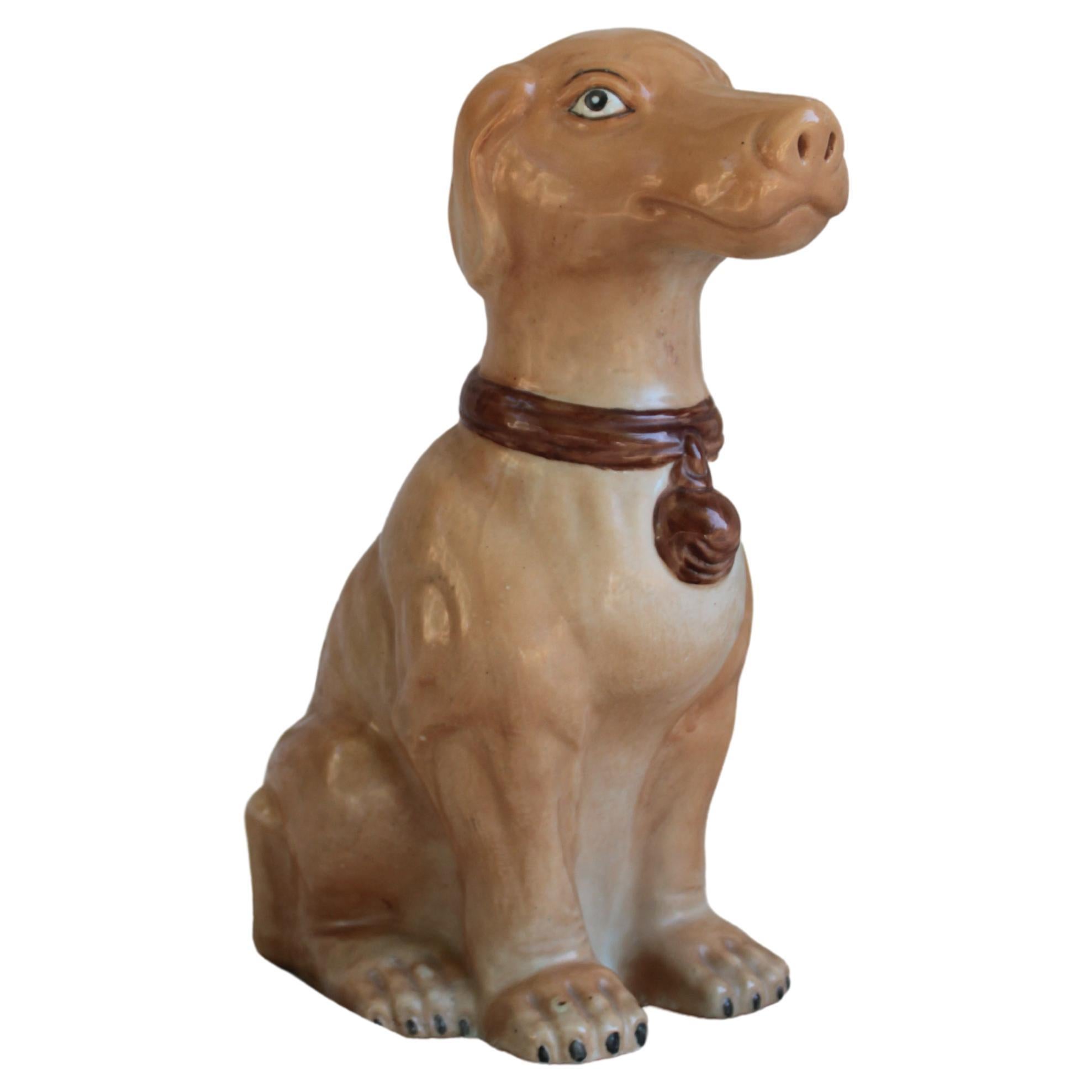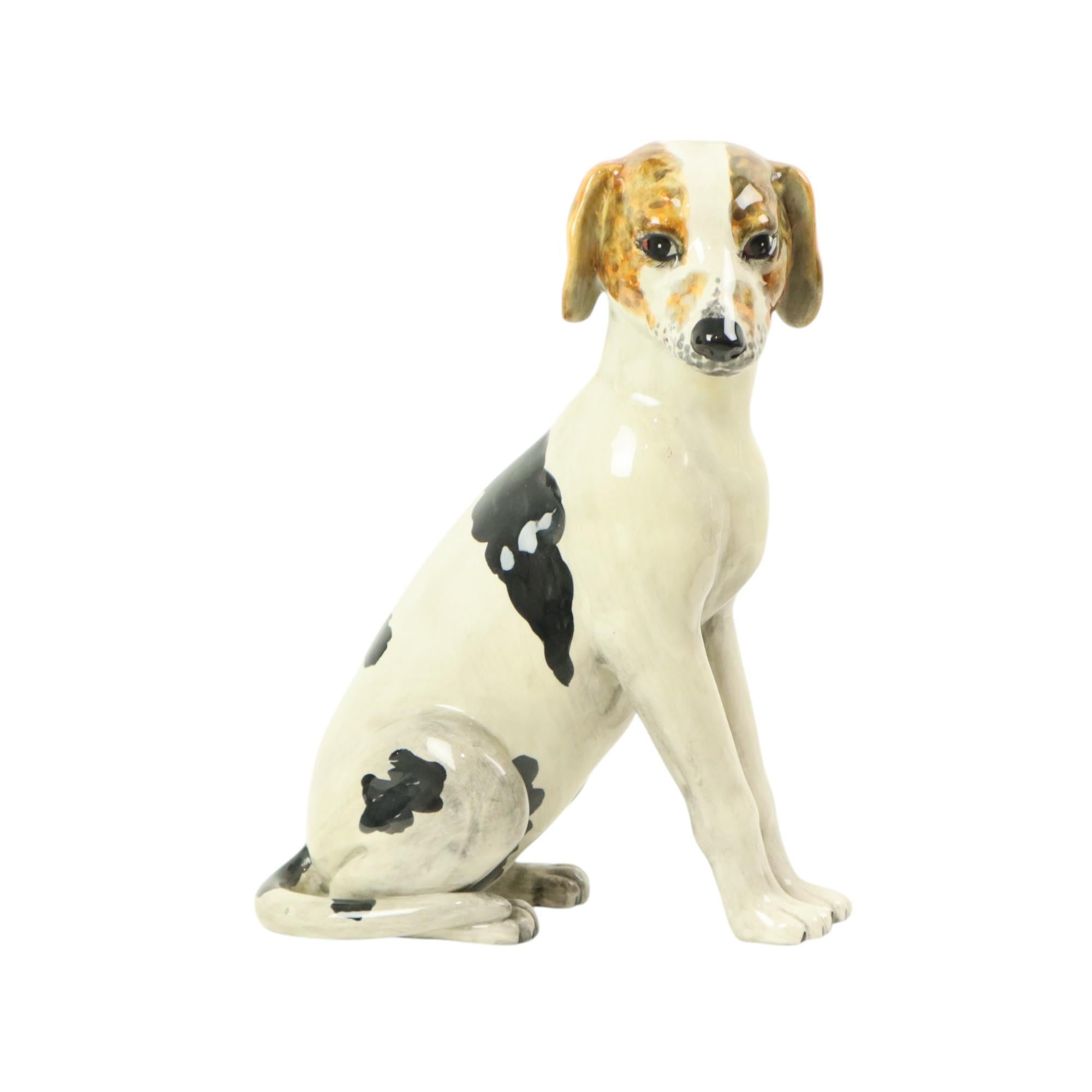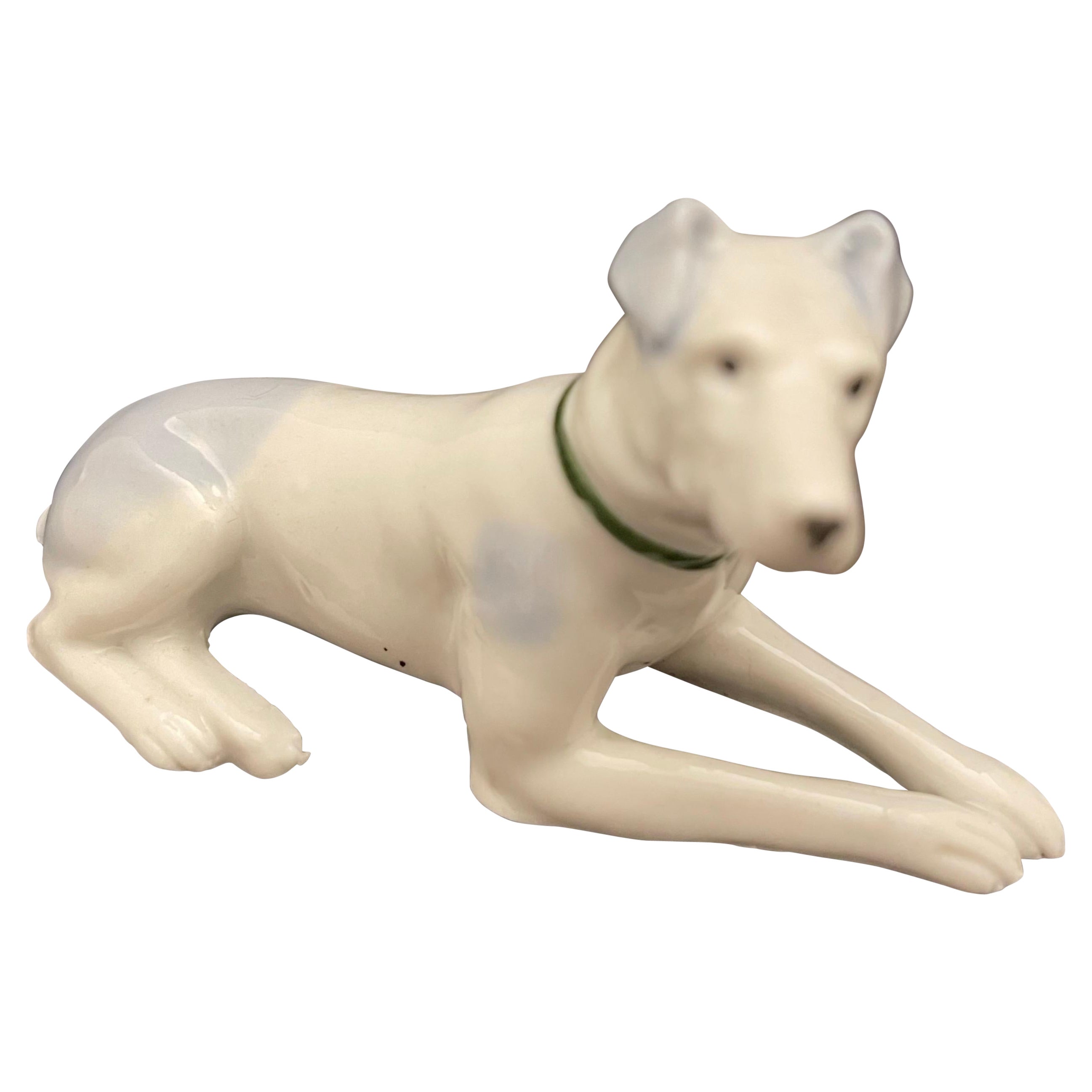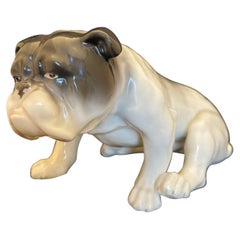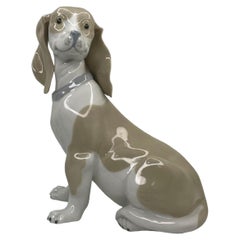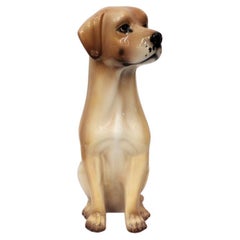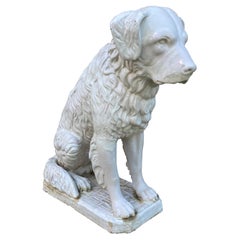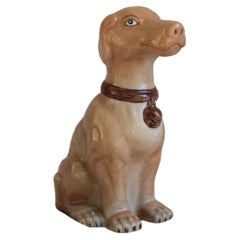Items Similar to Porcelain Figure of a Dog, 20th Century
Want more images or videos?
Request additional images or videos from the seller
1 of 7
Porcelain Figure of a Dog, 20th Century
$300
£226.70
€261.78
CA$419.20
A$465.14
CHF 243.65
MX$5,703.90
NOK 3,099.17
SEK 2,925.48
DKK 1,952.28
Shipping
Retrieving quote...The 1stDibs Promise:
Authenticity Guarantee,
Money-Back Guarantee,
24-Hour Cancellation
About the Item
Porcelain Figure of a Dog, 20th Century. Made in Japan
- Dimensions:Height: 4 in (10.16 cm)Width: 3.5 in (8.89 cm)Depth: 2.75 in (6.99 cm)
- Materials and Techniques:
- Place of Origin:
- Period:
- Date of Manufacture:20th Century
- Condition:Wear consistent with age and use.
- Seller Location:Savannah, GA
- Reference Number:Seller: 81341stDibs: LU951442249372
About the Seller
4.8
Platinum Seller
Premium sellers with a 4.7+ rating and 24-hour response times
Established in 1990
1stDibs seller since 2012
581 sales on 1stDibs
Typical response time: <1 hour
- ShippingRetrieving quote...Shipping from: Savannah, GA
- Return Policy
Authenticity Guarantee
In the unlikely event there’s an issue with an item’s authenticity, contact us within 1 year for a full refund. DetailsMoney-Back Guarantee
If your item is not as described, is damaged in transit, or does not arrive, contact us within 7 days for a full refund. Details24-Hour Cancellation
You have a 24-hour grace period in which to reconsider your purchase, with no questions asked.Vetted Professional Sellers
Our world-class sellers must adhere to strict standards for service and quality, maintaining the integrity of our listings.Price-Match Guarantee
If you find that a seller listed the same item for a lower price elsewhere, we’ll match it.Trusted Global Delivery
Our best-in-class carrier network provides specialized shipping options worldwide, including custom delivery.More From This Seller
View AllGerman Porcelain Figure of a Greyhound Dog, 20th Century
Located in Savannah, GA
German Porcelain Figure of a Greyhound Dog, 20th Century
Category
20th Century German Animal Sculptures
Materials
Porcelain
German Porcelain Figure of Greyhound Dog, 20th Century
Located in Savannah, GA
German Porcelain Figure of Greyhound Dog, 20th Century
Category
20th Century German Animal Sculptures
Materials
Porcelain
German Porcelain Figure of Cocker Spaniel Dog, 20th Century
Located in Savannah, GA
German Porcelain Figure of Cocker Spaniel Dog, 20th Century
Category
20th Century German Animal Sculptures
Materials
Porcelain
German Porcelain Figure of a Bulldog, Early 20th Century
Located in Savannah, GA
German Porcelain Figure of a Bulldog, Early 20th Century
Category
Early 20th Century German Animal Sculptures
Materials
Porcelain
English Porcelain Figure of a Great Dane Dog, Early 20th Century
Located in Savannah, GA
English porcelain of a Great Dane dog, early 20th century.
Category
Early 20th Century English Animal Sculptures
Materials
Porcelain
Boxer Dog Porcelain Decorative Object from West Germany, Mid 20th Century
Located in Savannah, GA
Boxer Dog Porcelain Decorative Object from West Germany, Mid 20th Century. Stamped "Western Germany" - " 3861"
Category
Mid-20th Century German Animal Sculptures
Materials
Porcelain
You May Also Like
Rex Valencia Porcelain Figurine Of A Hummelwerk Dog
Located in Guaynabo, PR
This is a Rex Valencia porcelain figurine of a dog. It depicts a hand painted adorable Hummelwerk dog standing up with a blue belt in his neck and f...
Category
20th Century Spanish Animal Sculptures
Materials
Porcelain
$100 Sale Price
20% Off
Italian Ceramic Dog
Located in Dallas, TX
Italian Ceramic Dog with an orange glaze.
Category
20th Century Animal Sculptures
Materials
Ceramic
$280 Sale Price
20% Off
Large Ceramic Dog
Located in East Hampton, NY
19th century glazed ceramic figure of dog from Portugal. signed "Fabrica de Sto Antonio Porto" some over paint and age cracks but very sound.
Category
Antique 19th Century Animal Sculptures
Materials
Ceramic
$7,200
Chinese Porcelain Dog from the 20th Century
Located in Lisboa, PT
Chinese porcelain dog from the 20th century.
Category
20th Century Animal Sculptures
Materials
Porcelain
Italian Ceramic Dog Statue Sculpture Craquelé Vintage 31cm
Located in Poperinge, BE
Vintage dog statue, sculpture made of hand-painted ceramic or earthenware, marked Italy at the bottom, second half of the 20th century.
Very decorative and cute statue of a sitting ...
Category
Vintage 1970s Italian Animal Sculptures
Materials
Ceramic
Dog in terracotta
Located in 'S-HERTOGENBOSCH, NL
Dog in glazed terracotta, 19th century (or before).
Labrador, presumably English.
Category
Antique 1880s English Other Animal Sculptures
Materials
Terracotta
$3,040
More Ways To Browse
Japanese Dog
Porcelain Dog Figure
Japanese Dog Sculpture
Grand Tour Lion
Iron Fish Sculpture
Japanese Brutalist
Lizard Sculpture
Mid Century Modern Brass Bird Sculpture
Pegasus Horse
Wood Koi
Antique Porcelain Cats
Elephant Skin
French Ceramic Elephant
Green Ceramic Horses
P J Mene
Porcelain Cat Sculpture
Regency Dog
Vintage Crystal Figurines
